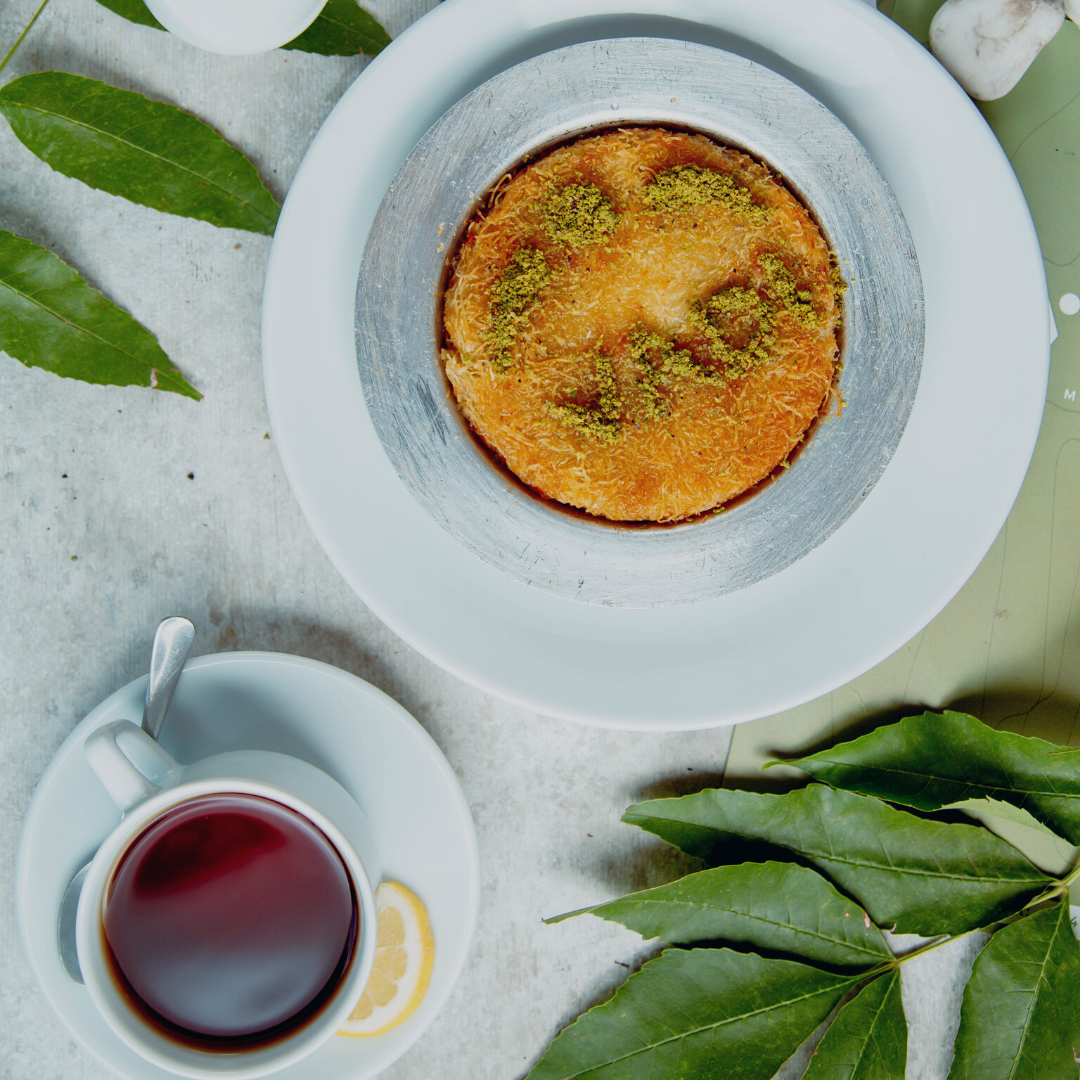Cooking with Tea - The Basics
In a cup of tea, there is more than our vain philosophical ideas: it encapsulates an ancient and healthy habit.
According to an old legend, traditional tea (leaf infusion of Camellia Sinensis) was discovered by chance by the Chinese emperor Shen-Nung, known as a divine farmer, in the middle of 2750 BC.
From that time to this day, the fame of the infusion gave rise to an innumerous number of variations and now we are able to find white, green and black tea, as well as herbal, fruit and or flower infusions that can be served hot or cold.
Besides being an amazing drink, there are countless ways to use tea in cooking. Let's try some?
Tea as a spice:
Simply grind tea leaves in a pepper mill (I personally recommend Oolong) and combine with white pepper. This makes an unbelievably delicious rub, perfect for a steak or a pork chop. The tea adds a wonderfully fresh Asian-cuisine nuance to this otherwise ordinary meal.
Tea as a marinade:
Wondering what to do with that extra Earl Grey tea left in the teapot at the end of teatime? Don't dump it.... Use it! Try adding it to your favourite marinade for chicken breasts for an out-of-this-world addition that will be sure to have your guests wondering the source of the mysterious (yet familiar) flavour.
As a vegetarian digression, tea marinated tofu is a wonderful substitution in this dish.
Tea as a tenderizer:
Among tea's many benefits and effects, it is an efficient tenderizer. Want to get that falls-off-the-bone, melts-in-your-mouth effect for that dish that is great, but could be even better? Try adding some tea! Not to be camellia-exclusive, Rooibos "Red" tea has been shown to have similar results and may add yet another unique nuance for your culinary delights.
Tea as an oil:
Cooking with tea is not exclusive to tea leaves. Although it has been used for centuries throughout Asia, Tea Oil is only now making its way into Western Cuisine. Made from the seeds of the tea plant, this relatively neutral-tasting oil has shown to have a plethora of uses in itself. From a base to salad dressing to the perfect sauté oil (due to the very high flash point) and more, Tea Oil has become a popular substitute to more traditional vegetable and canola oils.
Tea as an aromatic:
Although many chefs are nearly as hesitant as magicians to divulge their gastronomic tricks, Chef Lamach (whose cooking many have described as magical) revealed one of his cooking secrets. "In cooking," he says, "one has to pay close attention to the retro-nasal aromatics - the flavour you get in the cavity of your nasal passage. This is the true flavour that will always come through in your food and therefore must be complemented."
Tea is the perfect complement to many flavours, filled with rich and subtle aromatics. Adding a touch of Jasmine tea to a rice dish will add many different interesting levels of smell and flavour that are sure to impress.
Final Tips for cooking with tea:
- Buy only high-quality tea, whole leaves and premium brands;
- If you don't have loose leaves, cut the tea bags and use the loose herb;
- Store the tea in an airtight container in a cool, dark place;
- Every tea requires specific preparation, so pay attention to the preparation suggestion;
- Prepare the tea as if it were to drink;
- Changing the water for fresh tea is a great way to add flavour to soups, stews and stews;
- When making pasta, rice, risotto, quinoa or any grain or vegetables, traditionally cooked in water, choose a tea and replace the water with it;
- Add a large number of tea leaves, along with all other ingredients, to the soup broth. Cook until done, then strain;
- To use tea as a seasoning, choose a coffee or spice grinder. Then add directly to the sauces, baked goods or even to infuse in butter, oil and salts.
Stay tuned to our blog, we will be adding more recipes soon!
Want to receive all these beforehand and straight into your mailbox?
